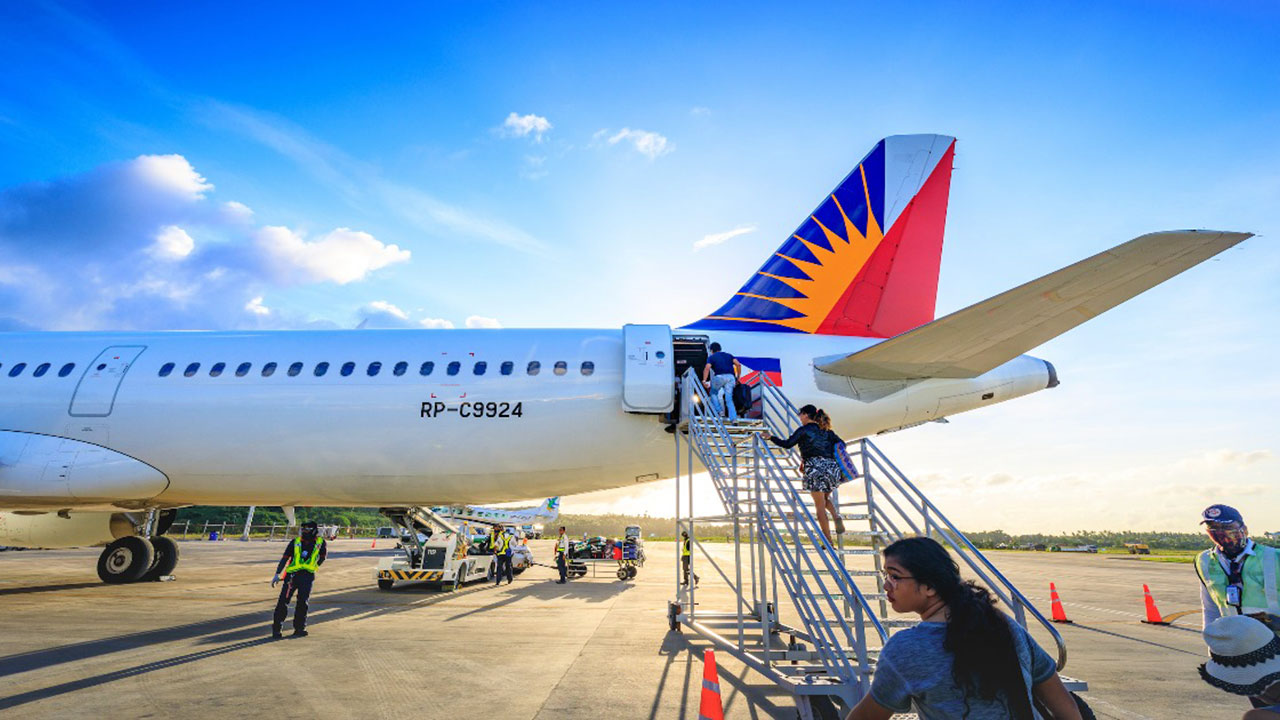
FLAG CARRIER Philippine Airlines (PAL) is calling for a unified aviation master plan to optimize airport use, improve connectivity, and prepare the country for Asia’s projected travel boom.
“We need a master plan that builds resilience into every airport, with redundancy in power, radar, and communications so that disruptions never happen again,” PAL Executive Vice-President and Chief Operating Officer Carlos Luis L. Fernandez said during the European Chamber of Commerce of the Philippines Aviation Summit on Thursday.
“Without this master plan, our connectivity will remain fragmented, and we will miss out on Asia’s ongoing aviation boom,” he added.
Mr. Fernandez said the plan should coordinate and optimize existing airports, standardize secondary airports, and modernize air traffic management. A well-designed aviation network, he added, can strengthen the country’s travel infrastructure and brand as a destination.
“With it, every investment is optimized, and we can transform aviation into the growth engine that our nation deserves,” he said, noting that Southeast Asia is projected to welcome 187 million international tourist arrivals by 2030.
He said the Philippines can tap into this growth by upgrading key hubs to connect visitors to major destinations and coordinating operations across airports. This would maximize runway use, reduce connection times, and ensure widebody-ready gates for future growth.
“We need a master plan that aligns policy and investment incentives — from rational fuel taxes to sustainability frameworks — to make Philippine hubs more competitive,” Mr. Fernandez said.
PAL said it is ready to work with the government in developing strategies to strengthen airport hubs.
“We see ourselves as a partner in nation building. We are strengthening Manila’s long-haul and regional banks while building Cebu into a true inter-island and international hub,” he said.
PAL plans to launch new flights from Cebu to Calbayog, Siargao, Busuanga, and Guam, and increase frequencies on international routes including Da Nang, Busan, Sapporo, and Seattle.
“This means not only operating long-haul flights but also expanding domestic services that feed into our international waves,” Mr. Fernandez said. — Ashley Erika O. Jose



